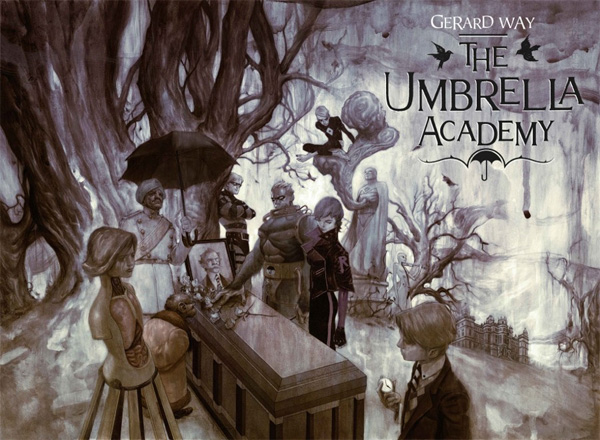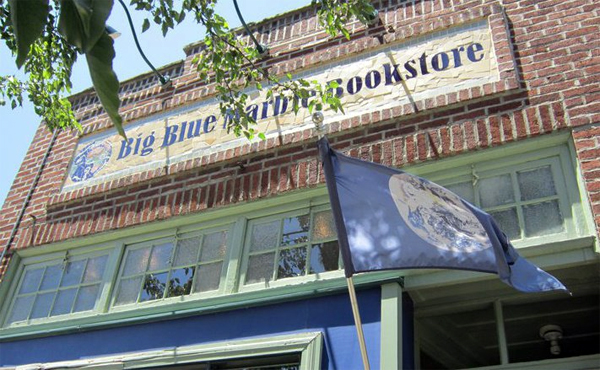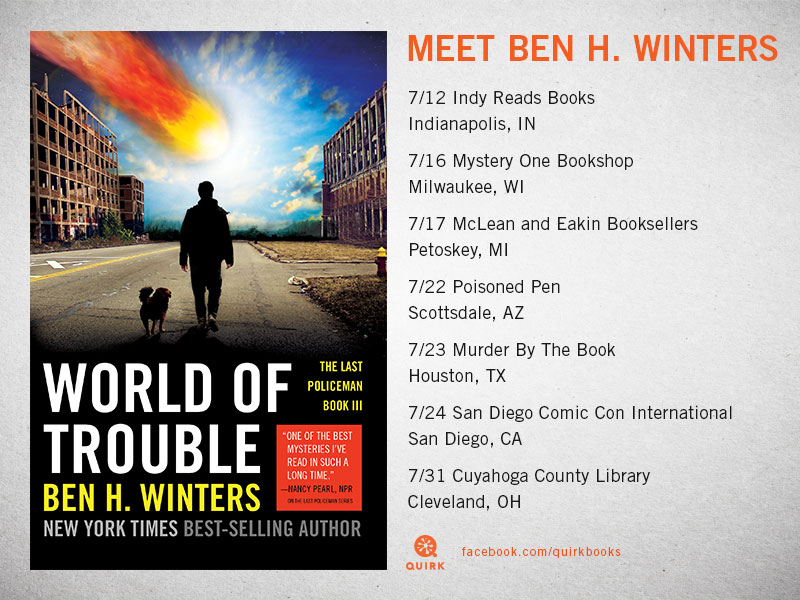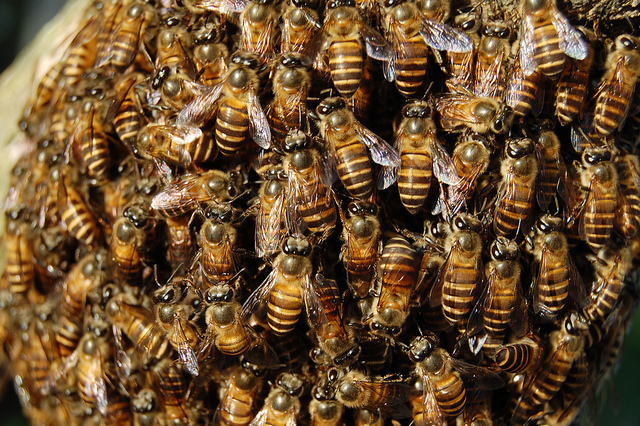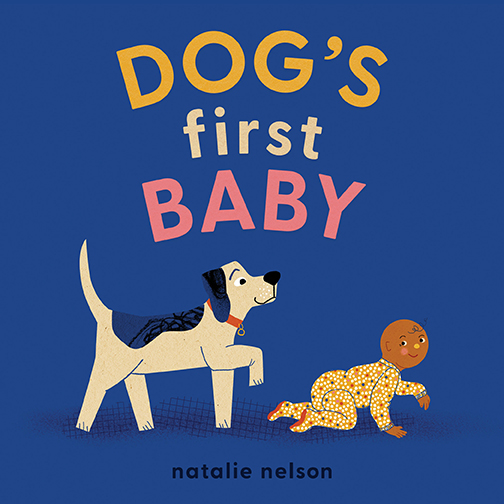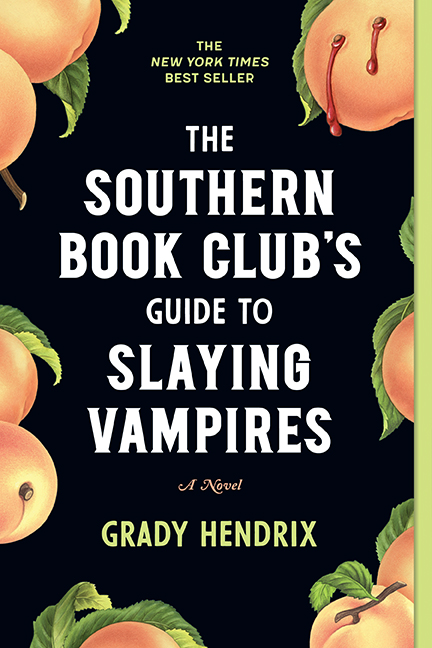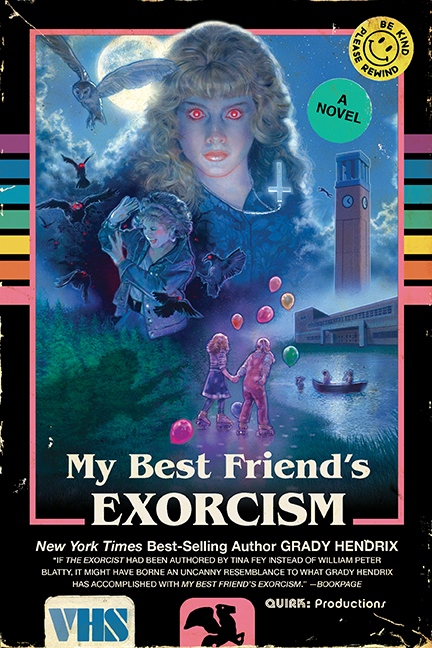Our Blog
Six (More) Authors Who Rock
People often take for granted that musicians who write their own songs are very much like authors, except they put their stories to music. It comes to no surprise then that many musicians have published books, whether it be poems, short stories, or novels. Here are six talented musicians who have found success in the world of literature as well!
Posted by Brian Morell
Literary Events in Philadelphia This Week: July 13th – July 20th
Posted by Stephen Piccarella
How to be Awesome at Binge-Watching a Television Series
Binge-watching a season of Game of Thrones? Yes please.
Bring your binge-watching to the next level. Follow these six steps to show that TV show who’s boss and make the most of your procrastination.
Posted by Maria Vicente
Ben H. Winters’ World of Trouble Book Tour!
Ben H. Winters is hitting the road and coming to a bookstore near you, on a book tour to promote World of Trouble, the final book in The Last Policeman trilogy.
In addition to reading from the book, signing copies, and greeting fans, Ben is going to have some fun swag to dish out on tour. Including a special Hank Palace coffee blend. Seriously. It's from our World of Trouble pre-order campaign (have you pre-ordered yet?!) and he'll have a few bags on the road with him.
Check out the dates below, and come say hi!
Posted by Eric Smith
Worst-Case Wednesday: How to Escape From Killer Bees
Just looking at this is giving me hives. Get it?! Hives??
When a truck carrying up to 20 million bees (?!?!) overturned in Delaware last month, the news was all abuzz (sorry, I had to) and this week, a swarm of the buzzing pests had to be removed from the lanes of the Pennsylvania turnpike so drivers could pass through sting-free. Who knows where they will turn up next?
It sounds like a bad horror movie, but you can be prepared with the help of The Worst-Case Scenario Survival Handbook’ guide on How to Escape From Killer Bees.
Posted by Marissa Stern
